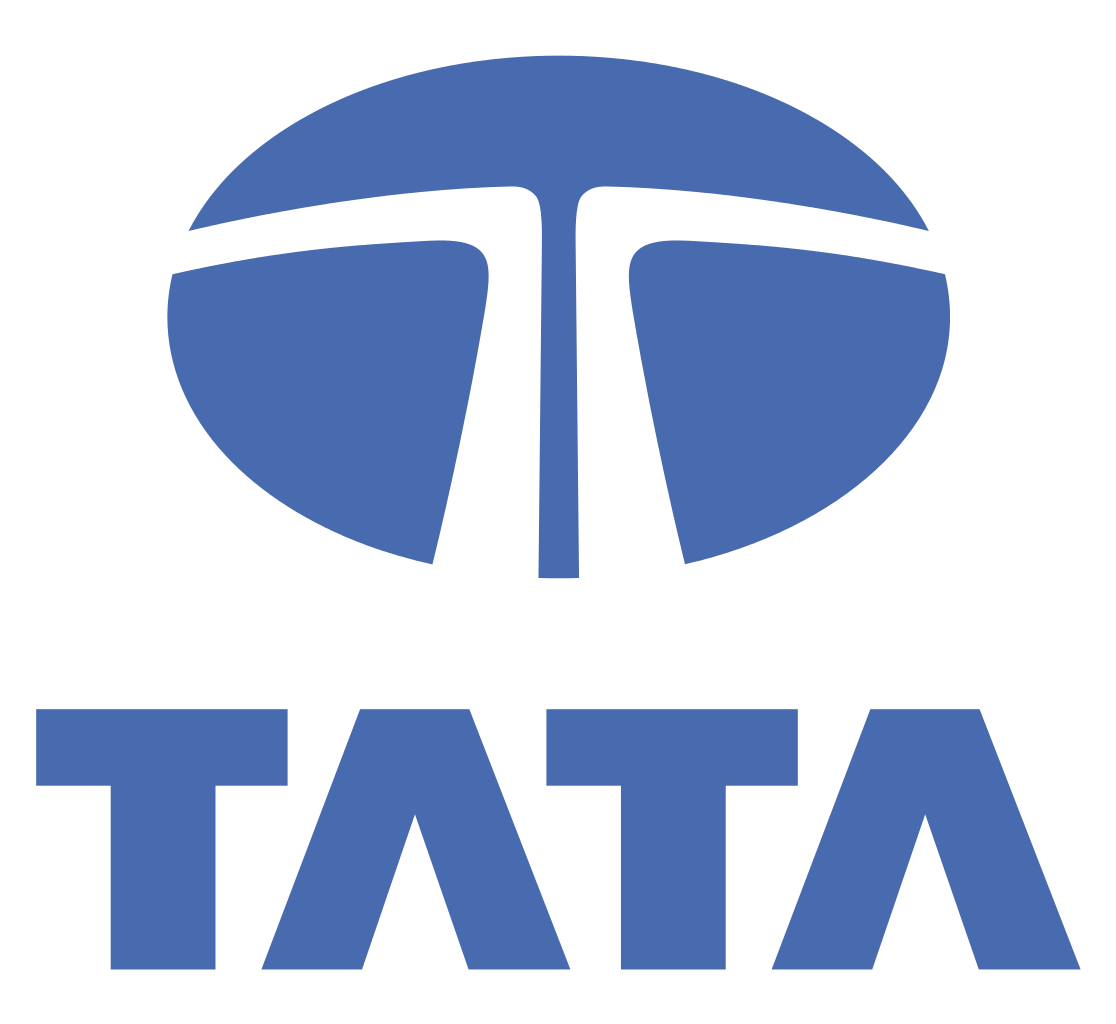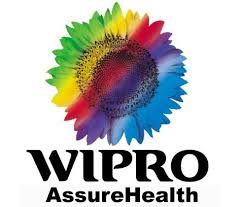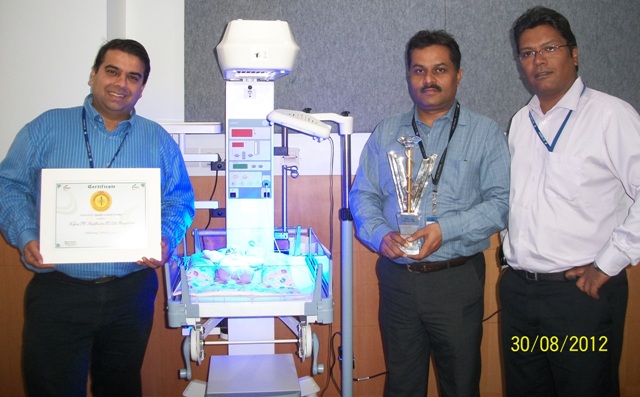Healthcare and medical industry can be considered amongst the most information-intensive and data-critical fields of practice that directly impacts human life. Despite this fact, why do think this sector has been lagging (compared to manufacturing, finance, banking and others) in terms of IT adoption and technological maturity?
Health information technology (HIT) projects and the health industry is often compared with the commercial world, more often to provide examples of limited progress. As a generalisation, many of these comments do not take into account specific areas of HIT adoption, nor do they give credence to the substantial improvements in the quality of care and lives saved through the use of health information technology.

The success of technology in the commercial world is still based around departmental solutions like finance and purchasing. The health industry has many similar successful examples. There are very few successful examples of company wide or national ERPs or CRMs available to compare with healths holy grail the Electronic Health Record.
The commercial world does not have to take into account the complex social, political and funding environment that envelopes health. Nor do they have to deal with the complex requirements of responsibly dealing with a patients personal health information whilst at the same time making information freely available to multiple enquirers at multi locations. The adoption and the benefits of an EHR in the broader community still has limited understanding as is the eventual financial return. A commercial bank does not have to deal with opt in / opt out policies or with the rights of its customers to choose. Whilst the adoption and benefits of a CRM for a commercial bank is implemented unquestioned.
The other main impediment to the widespread implementation of clinical systems is the nature of the staff and how they are expected to use it. To create effective clinical data it should be captured at the point of care by the healthcare professionals involved. In particular, doctors are extremely busy and focused around patient care and direct interaction with their patients and their supporting staff. Effective computer systems must contribute to improve this process and not detract from it. Till date, it has been very difficult to design and develop user interfaces that are as efficient and easy to use for note taking, charting and diagramming as pen and paper. If healthcare professionals do not see any benefit in spending more time documenting the consultation process, they will not use these technologies.

The financial and social returns from investing in health technology are enormous. In heath, the providers of finance and the beneficiaries of returns are usually different groups of people. Whereas, in the commercial world this is not the case, which is perhaps why HIT spending lags at sub 2% and commercial IT spending tends to be over 5% of revenues.
In my view these generalized comparisons dont stand-up to scrutiny.
IBA Health is known to be a world-class health IT company with impressive market credentials and considerable achievements to its credit. What has been the corporate philosophy and focus along the path towards achieving this level of excellence?
I would suggest there are 3 key elements to this success –
-
Focusing on quality, recruitment and retainment of people who understand and know how to deliver health information technology and implementing this technology as close to the end-user as possible.
-
Aligning this capability with an acquisitive growth strategy that has added quality products and customers to our existing portfolio.
-
Building capacity to ute on our plans and deliver on the commitments we have made to our clients
What range of solutions are currently offered by your company for healthcare providers across private and public sector?
We are one of the few health information technology companies that delivers solutions to all sectors of health, namely –
-
Primary care the local GP and corporatised GPs working in multi doctor, multi locations and ancillary providers like physiotherapist, podiatrist etc.
-
Secondary Care day surgeries, community hospitals, complex acute teaching hospitals
-
Aged and Community Care institutional care and care at home
-
Mental Health institutional care and care in the community
-
Electronic Payments and Claiming point-of-care claiming
This product set reinforces our ability to meet the future demand of a healthcare system that needs to make health information available from multiple providers, operating in multiple disciplines, across multiple locations.
Among the various technological innovations of the company, what according to you has been the most remarkable in terms of setting industry benchmarks and developing a leading-edge in the healthcare IT market?
 The adaption and take up of the Internet has educated a community of health professionals and the public to not accept barriers to access or dissemination of information. This new demand is driving the take-up of electronic health records, and the development of cost effective departmental solutions that provides data to the EHR. This has driven the take up of Internet and web technology like Java and Microsoft tools to deliver the new applications.
The adaption and take up of the Internet has educated a community of health professionals and the public to not accept barriers to access or dissemination of information. This new demand is driving the take-up of electronic health records, and the development of cost effective departmental solutions that provides data to the EHR. This has driven the take up of Internet and web technology like Java and Microsoft tools to deliver the new applications.
We have utilized these technologies and developed much more familiar, user friendly interfaces for data entry and display of critical information at the right time and place. For busy professionals it is important that the most relevant and important information is represented clearly and at the right time, so that they dont need to wade through a massive amount of information, unless by exception, they wish to drill down to the details. This in conjunction with filtered protocols and care pathways helps healthcare professionals to do their job smarter and faster.
Despite appreciable market share among top-of-line service providers across Australia, New Zealand, Asia-Pacific and Middle-East, IBA Health seems to be keeping out of US and European markets. Is there a strategic angle to it? If not, when and how do you plan to venture in those markets?
The US market whilst massive, is very complex, very competitive and very expensive to enter. Its a market place which demands a very different product set which is based around the very unique funding and delivery model in the US.
Today we have extensive health domain expertise in the markets we have chosen to operate in. For the time being we will to continue to focus on these markets.
What has been your experience in doing business in India, and setting up the R&D Center-of-Excellence in Bangalore? What do you think are the main challenges and opportunities in this market?
We acquired our R&D Centre through an acquisition. The acquisition brought with it a team of over 200 dedicated and experienced health information technologists. So we started with a highly skilled team of professionals. Whereas, many others entering India have to build this expertise and at great cost.
We supplemented this expertise as we migrated our core R&D capability to India ensuring we kept our domain expertise in health.
With the iSOFT acquisition we will now expand our capability and extend our health expertise and our capacity to cost effectively develop product for the global health market.
Supporting our R&D team based in India is a capacity to cost effectively localise and implement our products in the region through regional deployment centers. This ensures that we develop and use local skills with local language capability and a clear understanding of the local cultural issues.
How do you foresee the future growth of the company in emerging markets like India, vis-a-vis global markets?
Our strategy to grow our Centres of Excellence in India along with the deployment of product locally is key to our ability to engage in the emerging markets of the world.
We are one of the few health technology companies in the world that has embraced the delivery of products into the primary care, hospital and aged and community care markets. The populous and emerging markets are driving new models of care focused on preventative and person-centred health systems, which can only be achieved through proper use of IT. The IBA Health Group is one of the few companies capable of partnering and delivering this new model of delivery.
Be a part of Elets Collaborative Initiatives. Join Us for Upcoming Events and explore business opportunities. Like us on Facebook , connect with us on LinkedIn and follow us on Twitter , Instagram.












